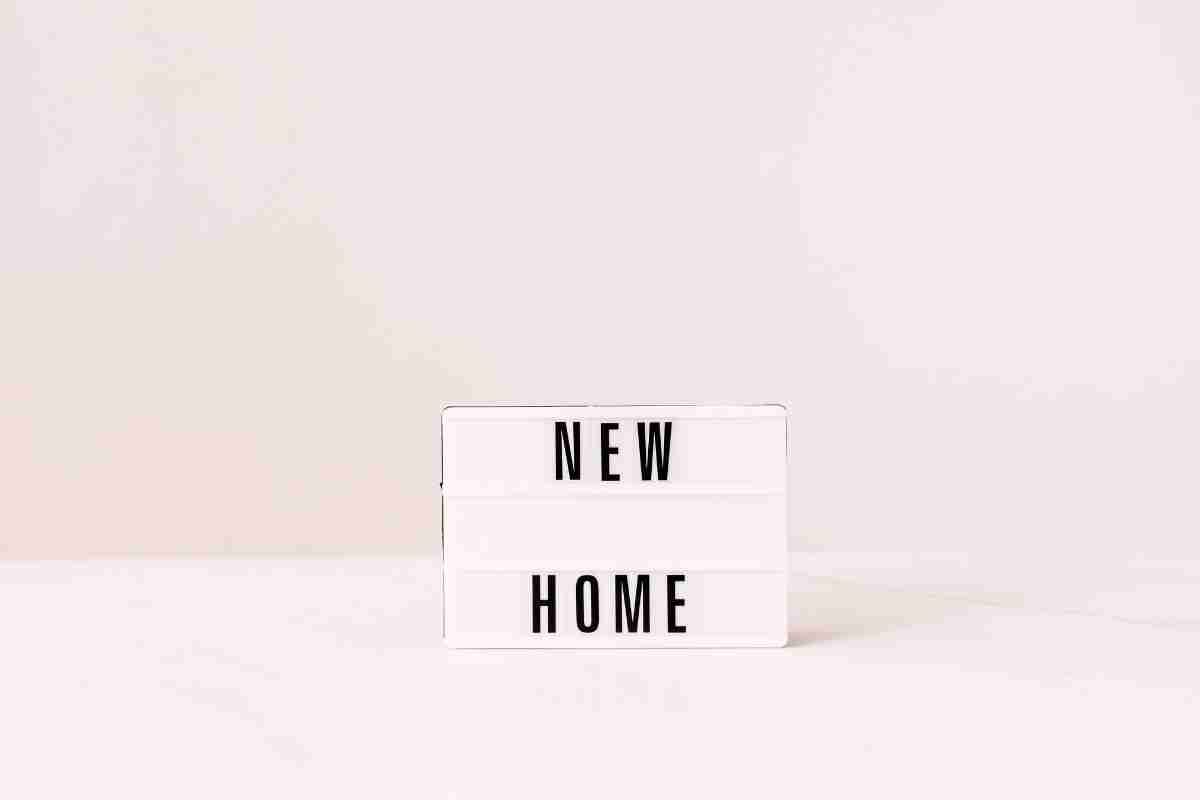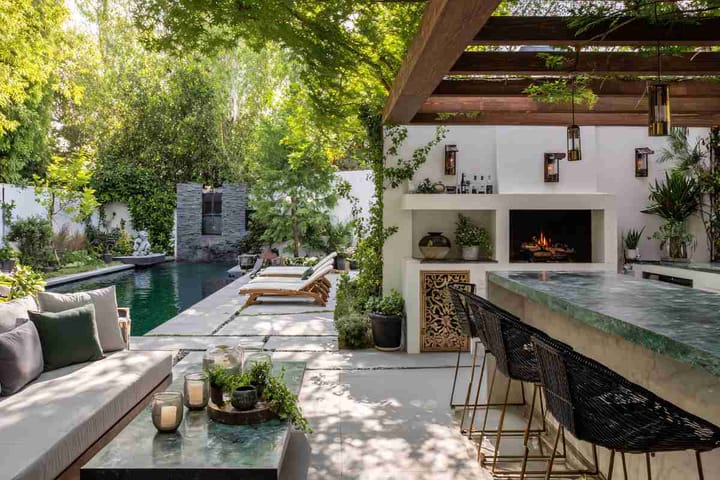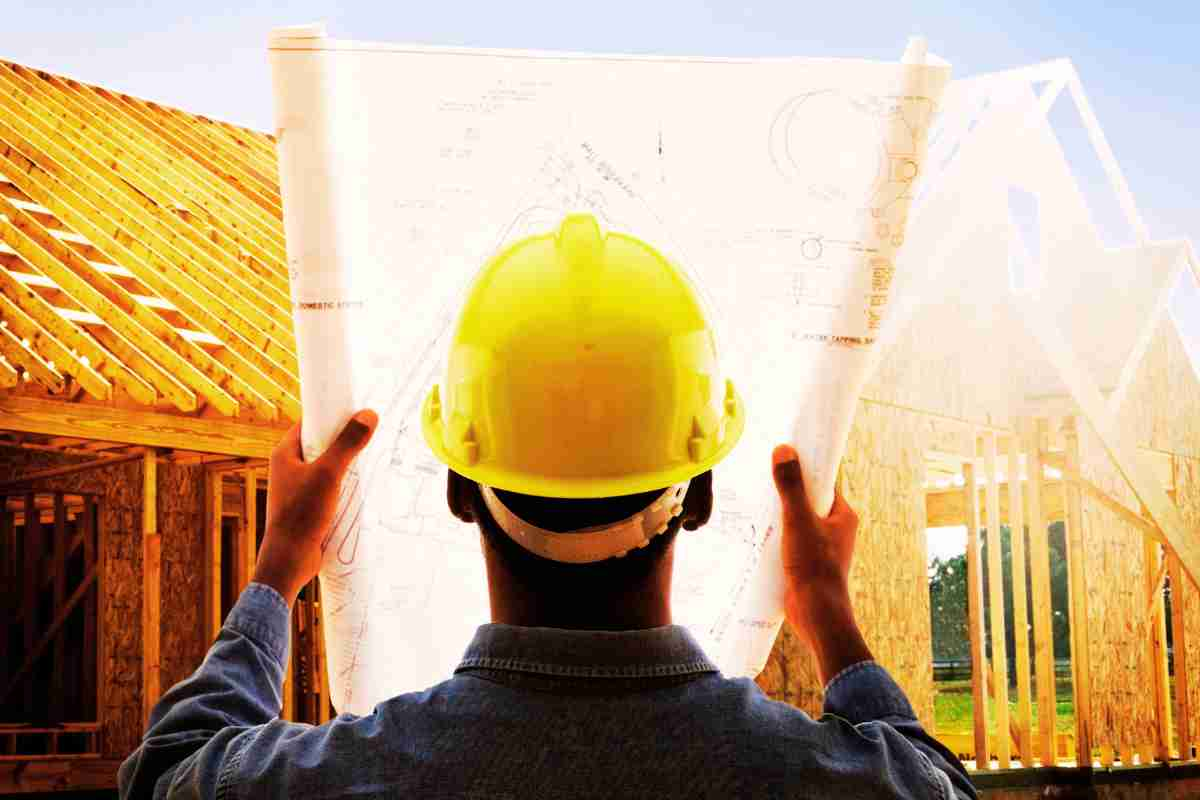How to Choose the Right Block of Land for Your New Home
Choosing the right land is crucial when building a home. Avoid costly mistakes with research, planning, and smart decisions before you build.

The right block of land might be the most vital decision you'll face while building a new home. "Location, Location, Location" remains a real estate mantra, and with good reason too. Your land's choice shapes everything from your home's design to the build cost and timeline.
Land buyers often make mistakes that get pricey but proper research could prevent these issues. To cite an instance, utility bills can shoot up to five figures if you don't plan carefully. On top of that, some blocks create unique challenges that could substantially raise construction costs. Some buyers prefer to find their perfect block first before picking a home design, while others do it the other way around.
In this guide, OJ Pippin Homes, the home builders Brisbane specialists, covers everything about picking the perfect block for your new home. You'll learn how to assess location and smooth connectivity, understand soil conditions, and navigate council restrictions. These insights will help you make smart choices that improve your life's quality and could boost your investment returns down the line.
Working With a Home Builder
Once you've identified potential blocks, partnering with an experienced home builder early in the process can save you time and money. A quality builder can assess whether your preferred block suits your home design plans and budget. They'll spot potential issues with the land that might affect construction costs, such as slope challenges, soil conditions, or access difficulties.
Many builders offer house and land packages that take the guesswork out of matching your home design to your block. They can also provide valuable insights into which blocks in new estates offer the best value and fewer construction complications. Getting your builder involved before you commit to purchasing can help you avoid costly mistakes and ensure your dream home is actually achievable on your chosen block.
Location and Surroundings
Your block's surroundings are the foundations of your everyday life after moving in. The location you choose will affect your convenience, long-term satisfaction and property value.
Proximity to schools, shops and transport
The "20-minute neighbourhood" concept helps you evaluate potential locations. These areas let residents access most daily needs within a 20-minute walk, cycle or public transport trip from home. You'll find shops, childcare, schools, parks, medical facilities and public transport options nearby.
School proximity needs special attention if you have a family. Properties within walking distance (less than 1km) of reputable schools attract many buyers. Properties in top school zones appreciate 3-5% faster annually than those without good schools nearby. Homes within catchment areas of sought-after schools also get higher prices and stronger rental rates.
Your block's proximity to these amenities matters:
- Transport links (buses, trains, highways)
- Shopping centres and supermarkets
- Healthcare facilities
- Parks and recreational spaces
Note that properties near quality infrastructure and amenities typically have higher values because they make an area more desirable.
Noise levels and privacy
Noise has become a major concern, especially when you have densely populated areas. A 2003 study showed 20% of Sydney's population were exposed to road traffic noise above World Health Organisation recommendations.
You should visit potential blocks at different times to check noise levels. Look at how close they are to busy roads, railways, airports, or noisy commercial areas. The privacy aspects need attention too, like overlooking neighbours, distance from public spaces, and whether dense vegetation or fencing could screen both sight and sound.
Future development in the area
Council websites can tell you about planned developments that might affect your block. You'll want to know about:
- New infrastructure projects (roads, public transport)
- Commercial developments (shopping centres, business parks)
- Residential developments
- Zoning changes
These developments can change your property's value and livability dramatically. New infrastructure usually brings better amenities and higher property values. Some commercial developments might increase traffic or noise though.
On top of that, it helps to check how empty blocks nearby might be developed. This could affect things like overshadowing, privacy, and views.
Block Size, Shape and Slope
Your block land's physical features will affect your building options and budget beyond just location. You'll save money and avoid design restrictions by knowing these characteristics before you buy.
Standard vs irregular shapes
A flat, rectangular block of land works best because it gives you more design options at lower construction costs. Not all blocks come in perfect squares or rectangles though. Some are triangular ("pie-shaped"), narrow, asymmetrical, or corner blocks. These shapes need custom design solutions to work well.
Blocks less than 15 metres wide are what we call narrow lots or courtyard blocks. These irregular blocks can be tricky to work with, but they come with some great benefits:
- They're bigger than standard blocks
- The price per square metre is usually lower
- You might get better views and more privacy
- You have more options to place external services
Regular rectangular blocks are simpler to work with, but irregular shapes can give your property unique character and interesting design possibilities. You'll just need to plan more carefully.
How slope affects construction cost
Your block's steepness has a big effect on construction costs. Any slope that falls more than 2 metres makes design more complex and costs more to build. Building on Melbourne's sloping blocks adds $30,000 to $150,000 to your project. This means total costs could jump 30-50% compared to flat land.
Even gentle slopes under one metre can add $7,600 to $23,000 for excavation, retaining walls, and slab design. These costs go up because you need:
- More excavation and soil removal
- Special foundations
- Multiple retaining walls ($380 to $1,070 per square metre)
- Complex drainage systems
- Better access for machinery and materials
Frontage and depth considerations
Your block's frontage (street-facing width) and depth determine what homes you can build. Regular rectangular blocks usually have 12-15 metre frontages and stretch 27-30 metres deep.
Wider blocks (over 18 metres) let you build larger homes, add more car space, or create bigger gardens. Narrow frontages limit your options and might need special narrow-lot house designs.
The building envelope shows where you can legally build on your land. It uses setbacks from boundaries. These rules keep enough space between properties for fire safety, privacy, and energy efficiency. Learning these limits before buying helps you plan your dream home better.
Soil, Orientation and Site Conditions
Your dream home could turn into a financial nightmare if you don't pay attention to the technical aspects of a block land. These hidden factors play a vital role in making your investment green.
Why soil testing matters
You can't skip soil testing when you assess any block of land. Engineers take multiple samples from different depths to check soil composition, stability, and spot potential problems. The test results will affect your foundation design and construction costs.
Bad soil conditions can cause:
- Your foundation to move and damage the structure
- Your construction costs to rise due to special foundations
- Your maintenance costs to get pricey down the track
Clay soils that react to moisture changes are common all over Australia. These soils expand and contract by a lot, which can crack foundations unless builders design proper footings. Yes, it is vital to have soil tests so engineers can design foundations that stand up to these forces. This could save you thousands in repairs later.
North-facing blocks and energy efficiency
The way your block faces will affect your home's energy use. Australian blocks that face north get the most sun in winter, so you'll spend less on heating. Blocks that don't face the right way might need better specs and cost more to meet energy rules.
Your home will use less energy if you put living areas and outdoor spaces where they catch northern sun. This smart layout cuts your energy bills and makes your property worth more, since buyers love north-facing homes.
Drainage and retaining wall needs
Good drainage systems matter a lot, especially if your site slopes. Australian building codes have strict rules about drainage, including how surface water flows around buildings and when you need underground drainage.
Retaining walls do more than look good, they hold up soil, stop erosion, and control water on sloped blocks. All the same, they can add hundreds of dollars per square metre to your build budget.
The work you put into understanding these technical details before buying will help you avoid surprise costs. This way, you'll know if your block can support the home you want to build.
Utilities, Easements and Restrictions
Your block land's hidden features can pay off when you start building. These overlooked elements can affect your building costs and how much you enjoy the property.
Access to water, electricity and internet
You should verify the placement and availability of utility infrastructure before buying a block land. Your utility providers need enough space to work with their equipment and make repairs. They usually need 1.5 metres of clearance from their assets. The clearance increases to 3.5 metres from powerlines and 4 metres from poles for swimming pools.
A free request with Before You Dig Australia can help you check utility service locations. This step prevents damage and safety issues that can get pricey. Connection fees vary a lot, internet setup costs between $110 to $380, while electricity connections range from $20 to $140.
Understanding easements and covenants
Easements let others use parts of your land for specific purposes. Common types include:
- Right of way (shared driveways)
- Services easements (for utilities)
- Cross-easements (shared party walls)
Covenants limit what you can do with your property. They often restrict construction types, materials or fence heights. Benefiting landowners enforce covenants, unlike easements which councils handle.
Council and developer design guidelines
Research design guidelines before you buy. New estates often have strict covenants about façade designs, materials, colours, landscaping and fencing. These rules might differ by a lot from what you want. This can add substantial costs or force you to compromise on your design.
Conclusion
Your future lifestyle and investment potential depend on choosing the right block of land. We've seen how location can affect your daily convenience and property value. On top of that, it's amazing how physical features like block shape and slope can add tens of thousands of dollars to your construction budget.
The right technical assessments make a vital difference in picking your land. Soil testing, proper orientation, and drainage might look like small details at first. But these factors ended up setting both your building costs and long-term home comfort. A clear picture of utilities access and legal restrictions helps you avoid surprises that can get pricey later.
This knowledge will lead you to smarter decisions when buying your land. Your choice creates the foundations for your dream home. Most buyers focus on house design and miss these vital land factors. They face unexpected challenges that good research could have prevented.
The ideal block strikes a balance between lifestyle needs, budget, and building goals. Finding this sweet spot takes time and patience. The payoff is a home that fits your needs and might deliver better financial returns over the last several years. Note that what looks like a great deal at first could hide major issues. A simple block with the right features might become your perfect canvas.




Comments ()